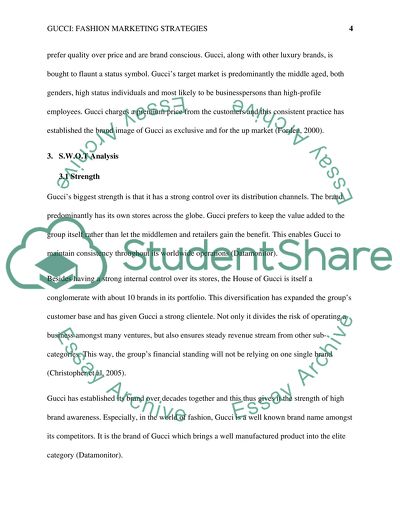Cite this document
(“Gucci: Fashion Marketing Strategies Essay Example | Topics and Well Written Essays - 2500 words”, n.d.)
Retrieved from https://studentshare.org/marketing/1397411-gucci-fashion-marketing-strategies
Retrieved from https://studentshare.org/marketing/1397411-gucci-fashion-marketing-strategies
(Gucci: Fashion Marketing Strategies Essay Example | Topics and Well Written Essays - 2500 Words)
https://studentshare.org/marketing/1397411-gucci-fashion-marketing-strategies.
https://studentshare.org/marketing/1397411-gucci-fashion-marketing-strategies.
“Gucci: Fashion Marketing Strategies Essay Example | Topics and Well Written Essays - 2500 Words”, n.d. https://studentshare.org/marketing/1397411-gucci-fashion-marketing-strategies.


